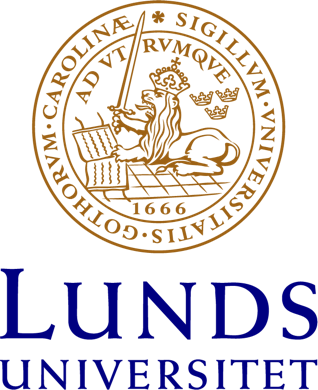Effects of pH, salt and time on ligand binding properties of overexpressed melanocortin 4 receptor.
The G-protein coupled melanocortin 4 receptor (MC4r) plays an important role in the energy metabolism. We overexpressed the MC4r in CHO cells and performed characterisation studies on the cell membranes to determine functional stability and ligand binding properties of the receptor. The affinity for the ligands [Nle4, Image-Phe7]-αMSH and MTII was lost below pH 6 but could be restored by returning
